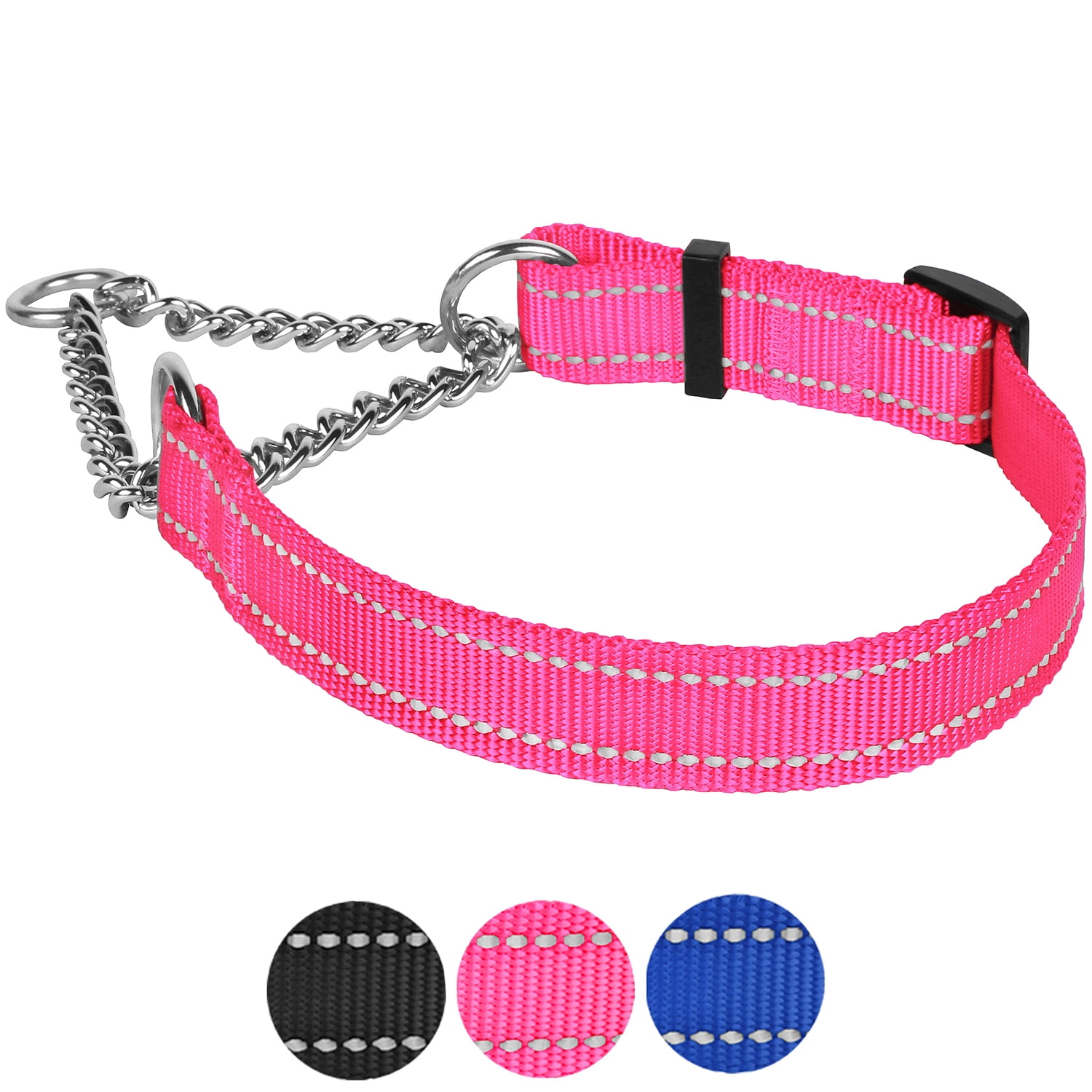

Just as your dog feels a tug on their collar when they reach the end of the leash, the e-collar is sort of like a tap on their shoulder, only does not cause damage to the larynx or spinal cord like a jerk of the collar can. Think of the e-collar as an extension of the leash. In this instance, your dog learns to associate the unpleasant feeling with its own behavior. The e-collar can also be used to deter undesirable behaviors like digging, counter surfing, “popcorning” in the car, jumping, and more.
Small dog trainer collar how to#
With proper conditioning, the dog learns how to stop the sensation by responding correctly to a command. This stimulation interrupts the dog’s thought process through an unpleasant, but not painful sensation.Īs I will mention several times in this article, the stimulation reinforces commands the dog already knows. I wish I had better control of the ads, but I don’t always have the choice!). Nearly every trainer I have met or follow on social media use the E-Collar Technologies Mini Educator, which has a stimulation level range from 0 to 100.ĭo not buy an e-collar from a chain pet store or some off-brand from Amazon (which also includes any ads you might see in this post. While the archaic shock collars of the 70s are no longer produced today, there are still a number of low quality, inhumane e-collars on the market. They are also designed to safely and humanely deliver the stimulation to dogs as small as 5 lbs. Modern e-collars use TENS technology (Transcutaneous Electrical Nerve Stimulation), which delivers a mild pulse that stimulates muscle contraction (the same thing your PT or Chiropractor uses on you when you are in for treatment). The tools were designed to shock dogs using three different settings. The first electronic collars were introduced during the 70s, based on the psychology of shock treatment. More often than not, the term “shock collar” is used today as a way of intentionally creating a reaction in people to associate pain and harm with its use. You’ve probably heard the terms e-collar and shock collar used interchangeably when referring to such tools. Remember that I am not a dog trainer, rather am an eager student who has worked with an awesome trainer to use an e-collar with Sitka. This post breaks down those myths and explains the truth behind proper use of an e-collar. There are a lot of myths and assumptions out there about e-collars, and many of the claims and beliefs simply are not true. The more I learned, the more I saw how incredible this tool could be, when used correctly. As much as I learned and worked with her, she just wasn’t as responsive to the training as I needed her to be.Īs a result, I happened upon balanced training methods, thanks to friends who had faced similar difficulties with their own dogs. I thought positive reinforcement was the only right way to train a dog, until I had Laila.

Like many, I once believed that e-collar training was cruel.


 0 kommentar(er)
0 kommentar(er)
